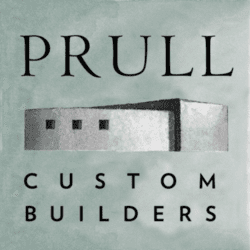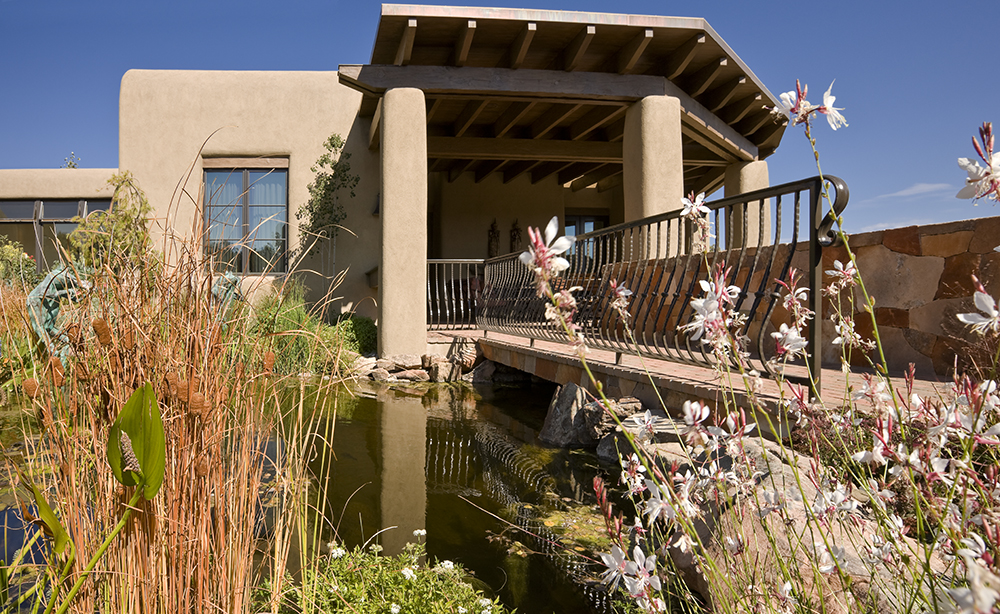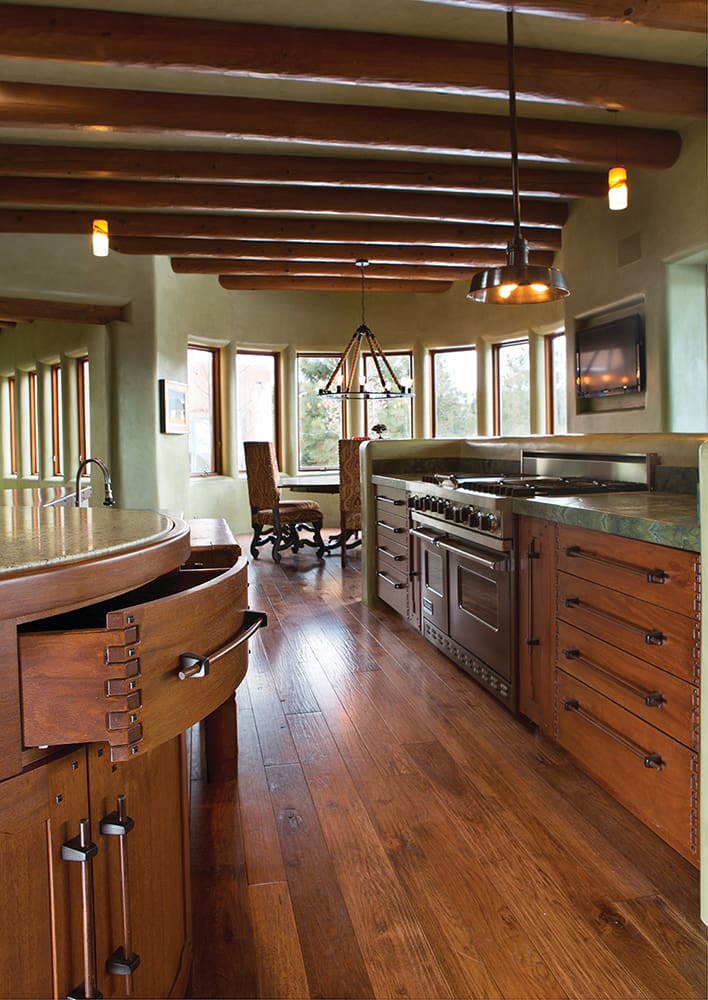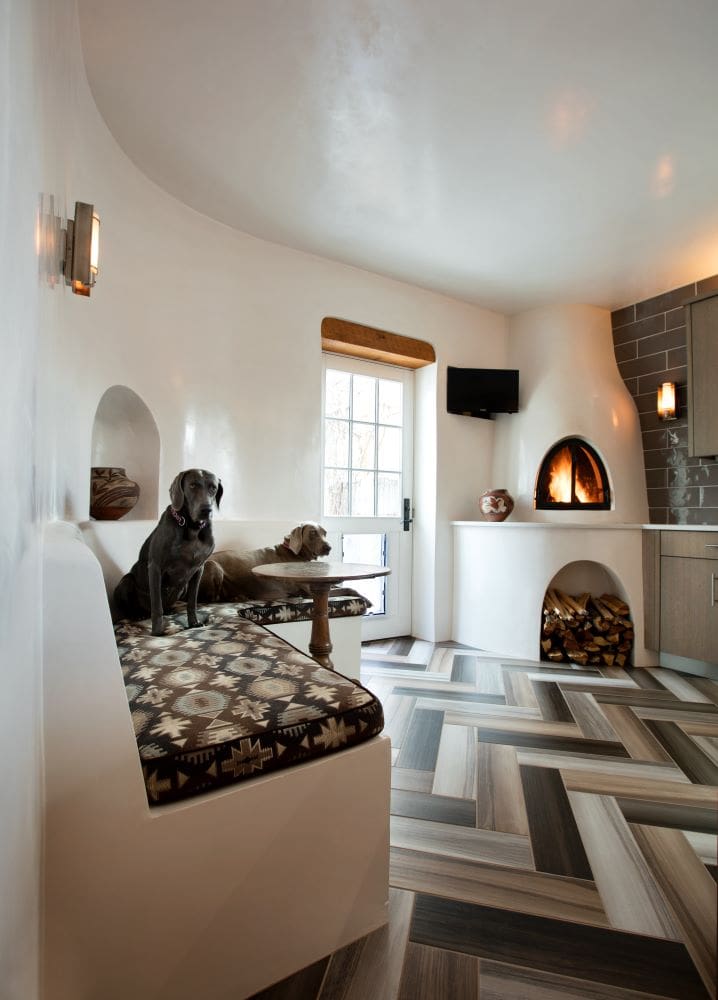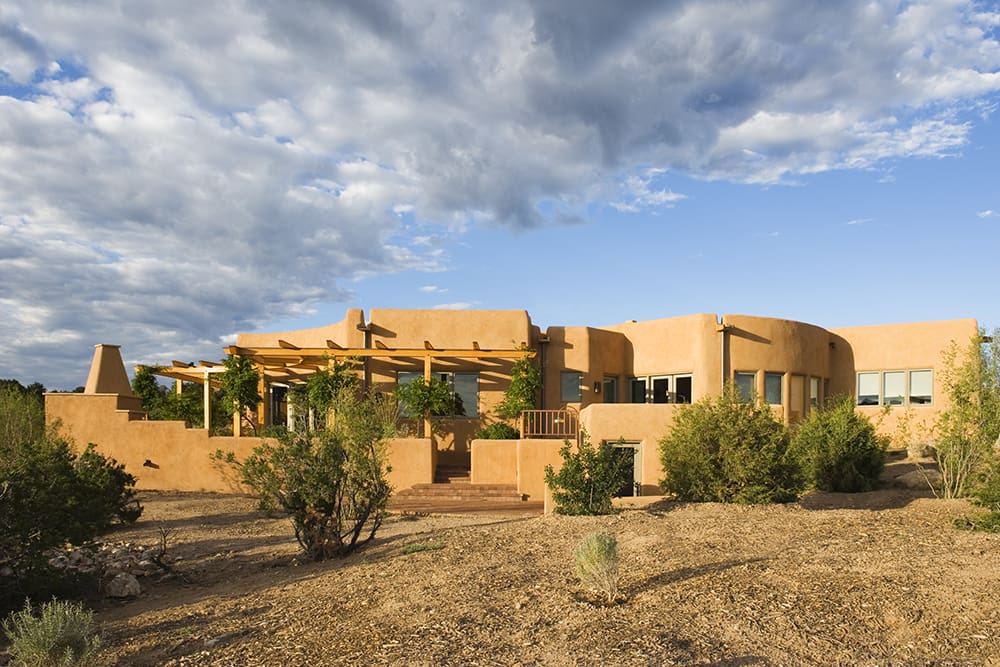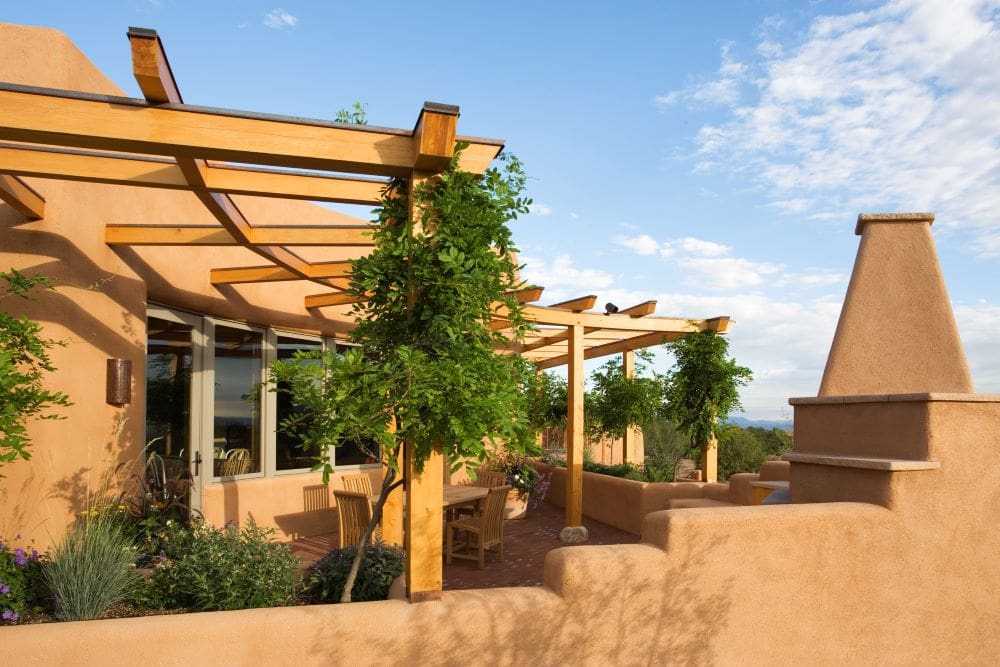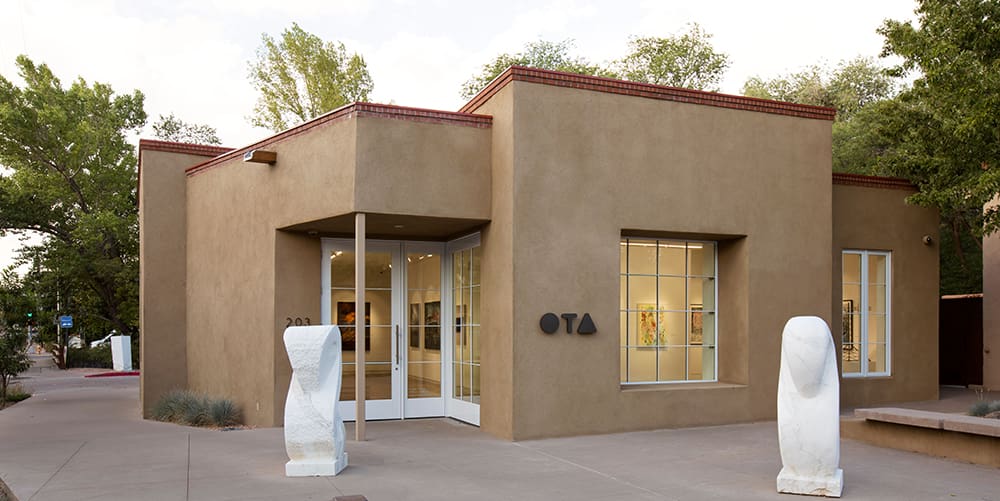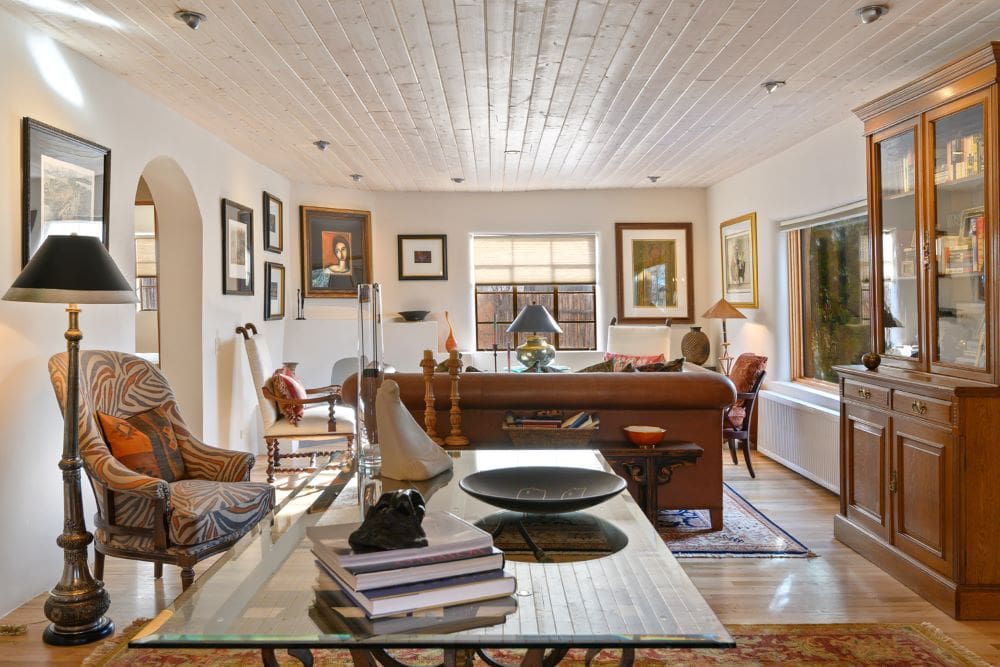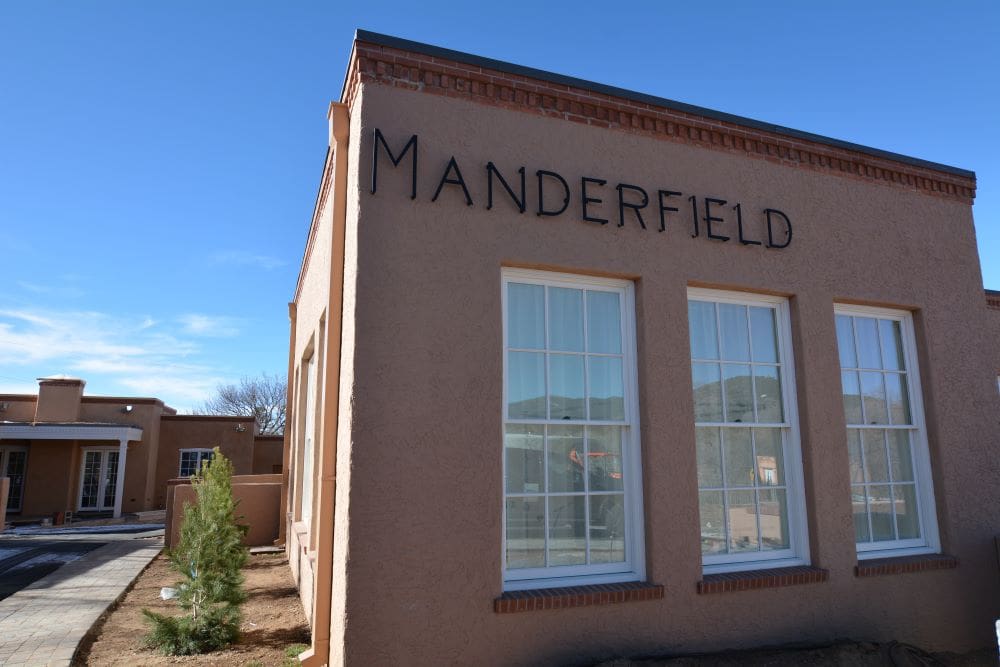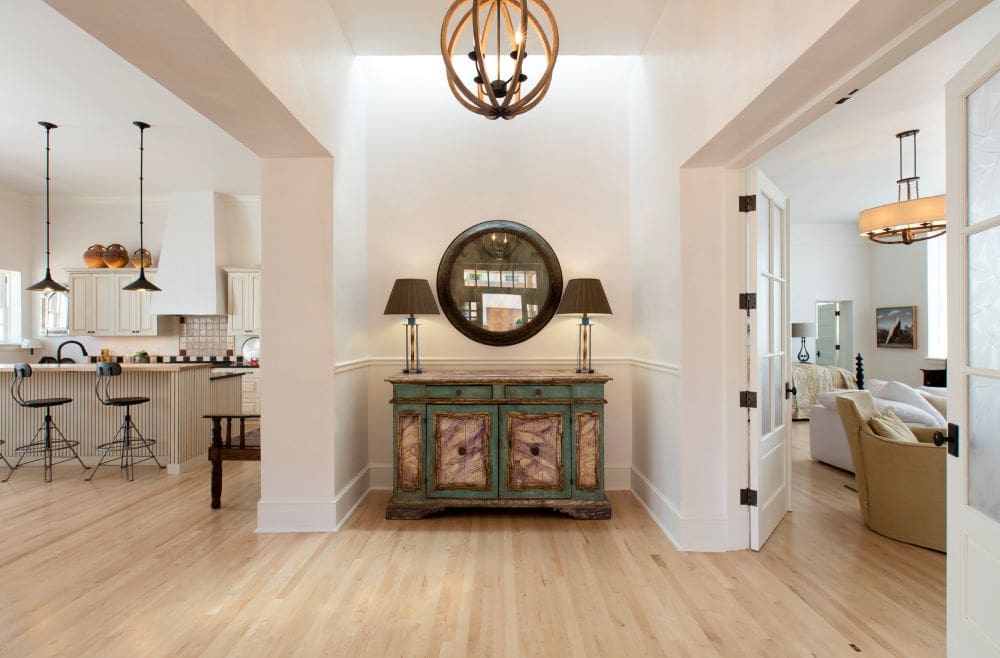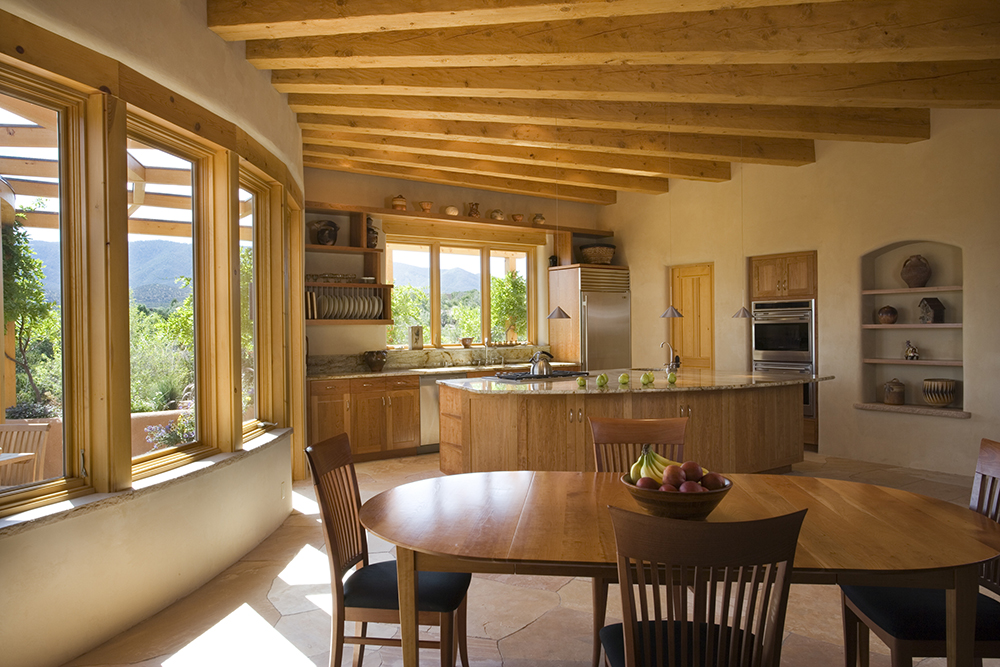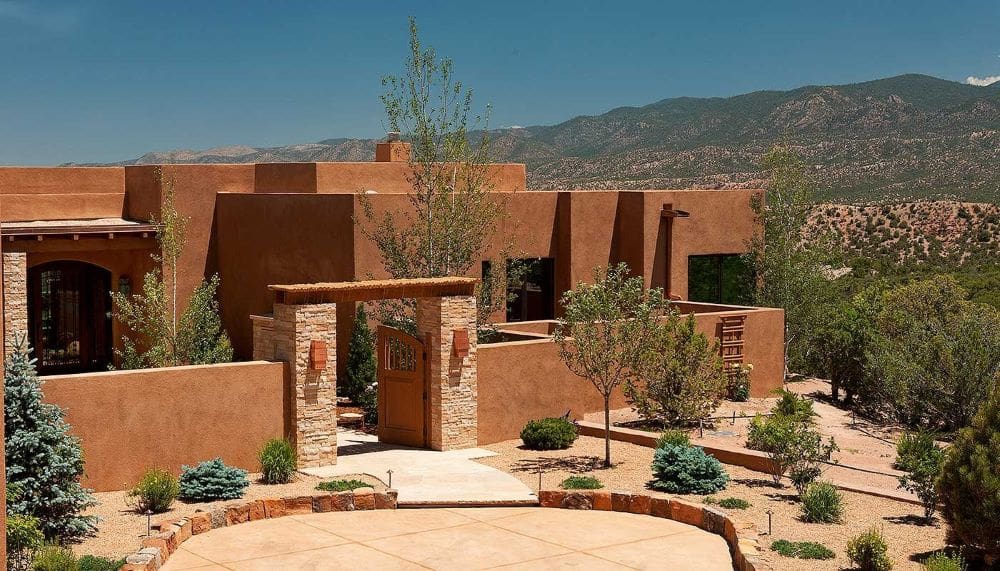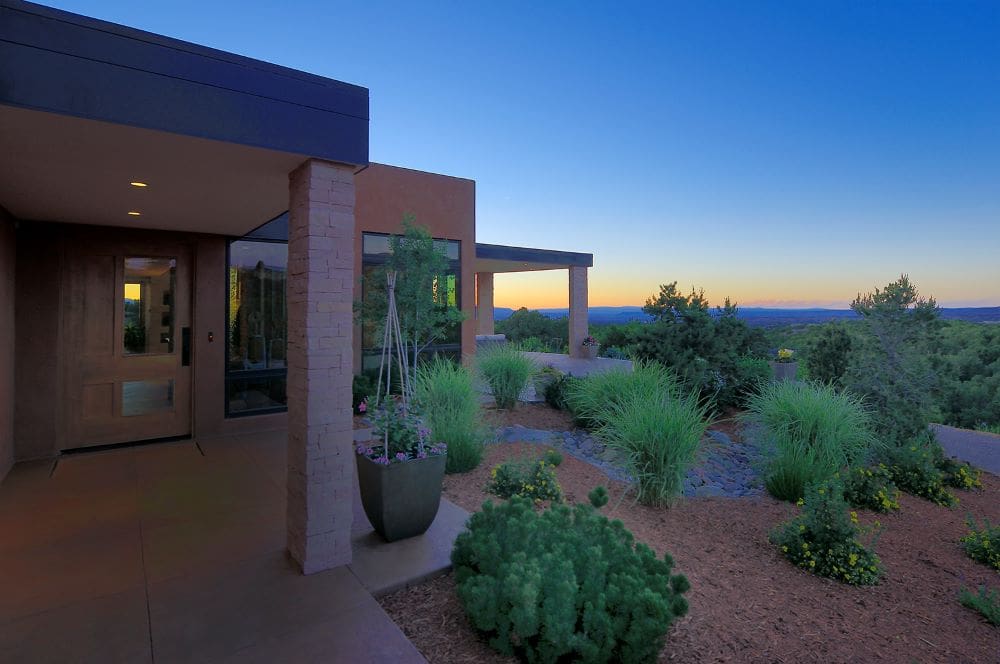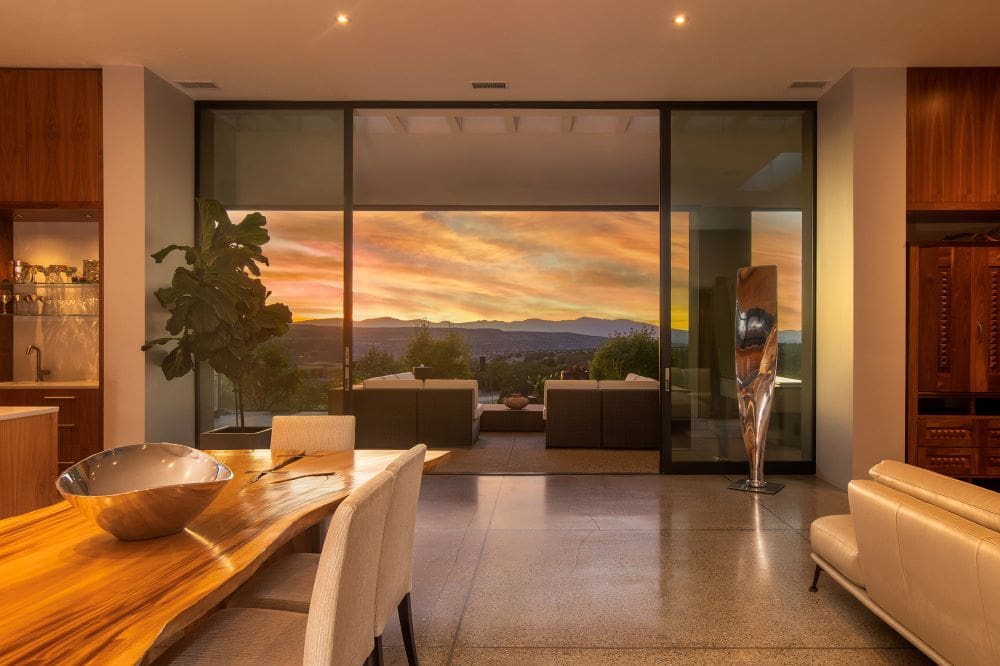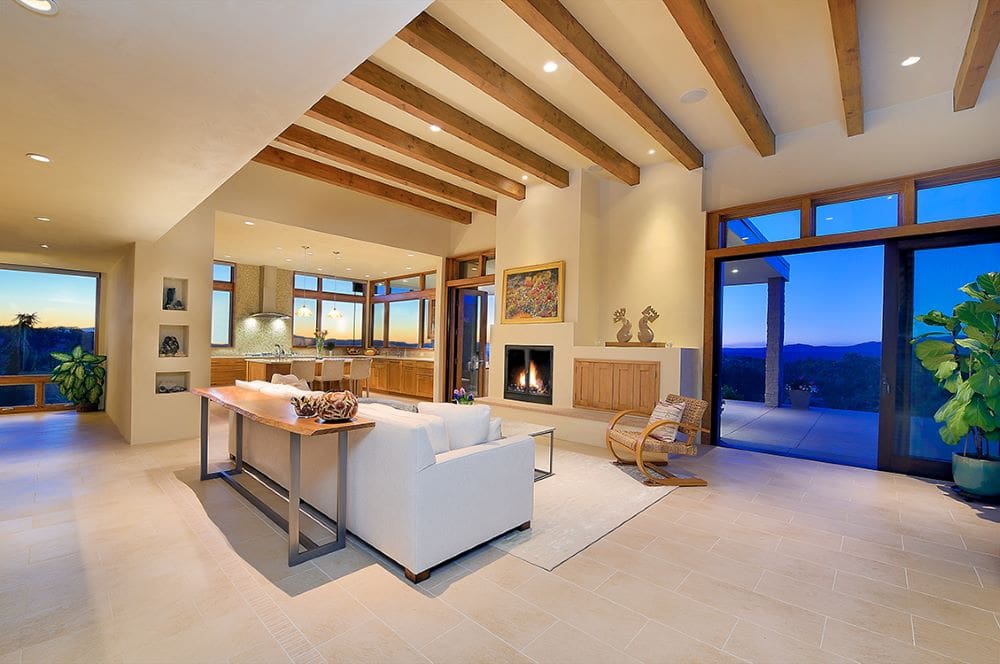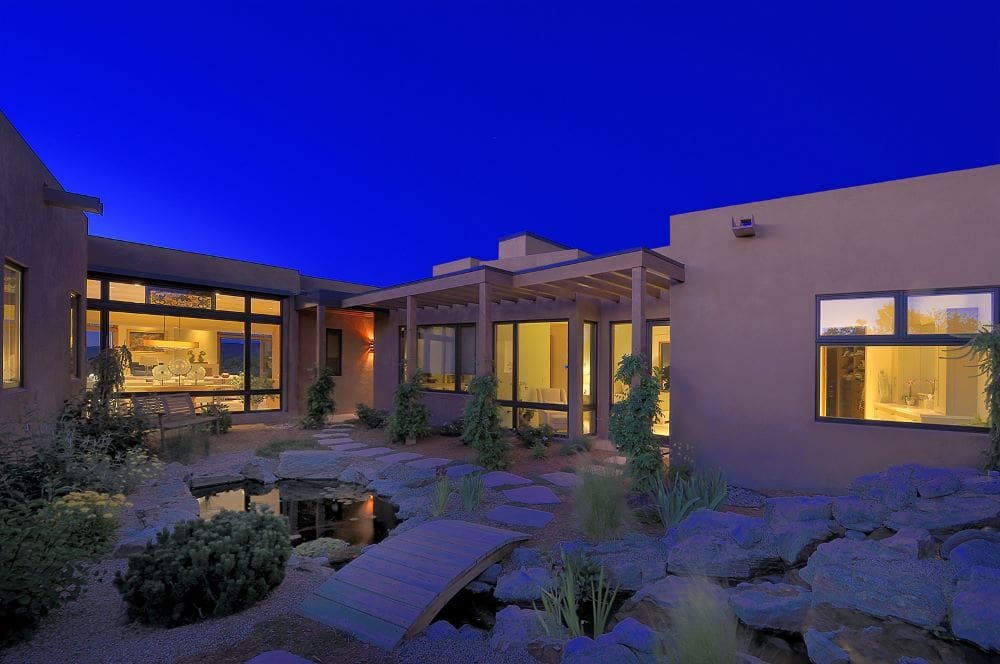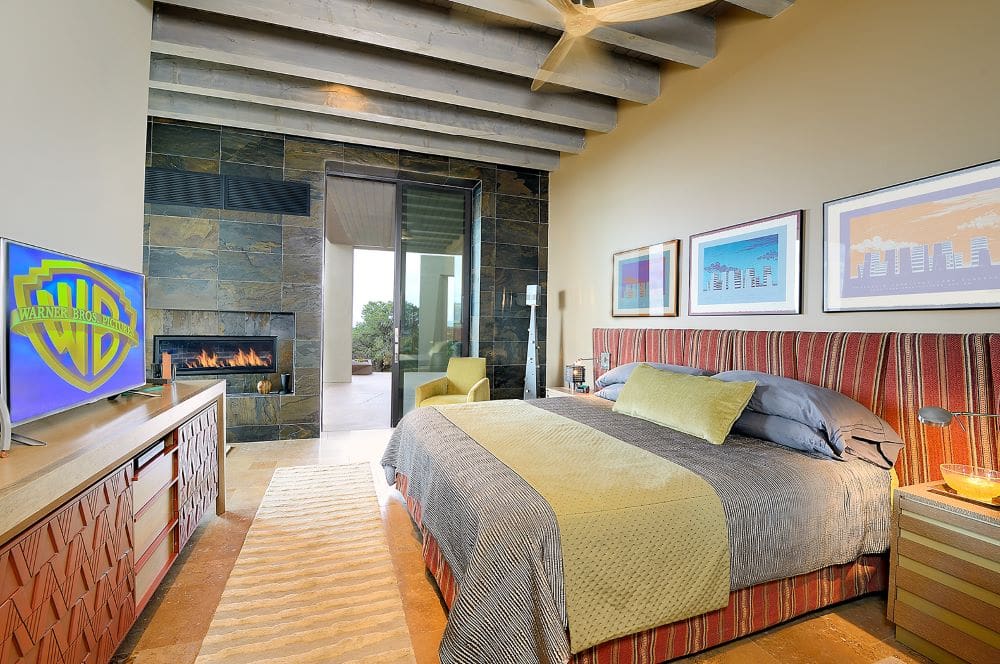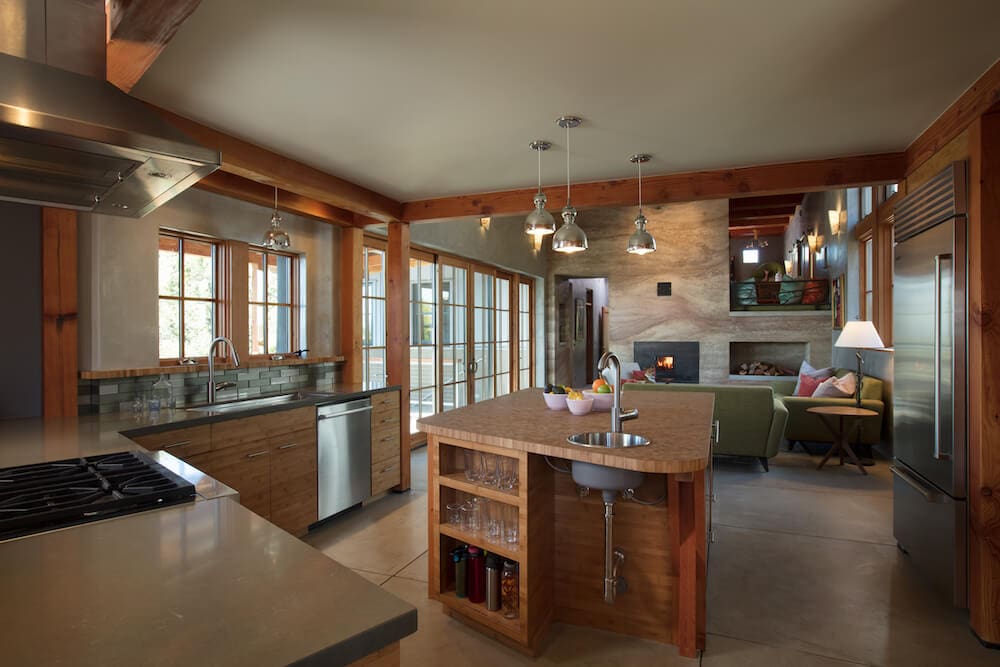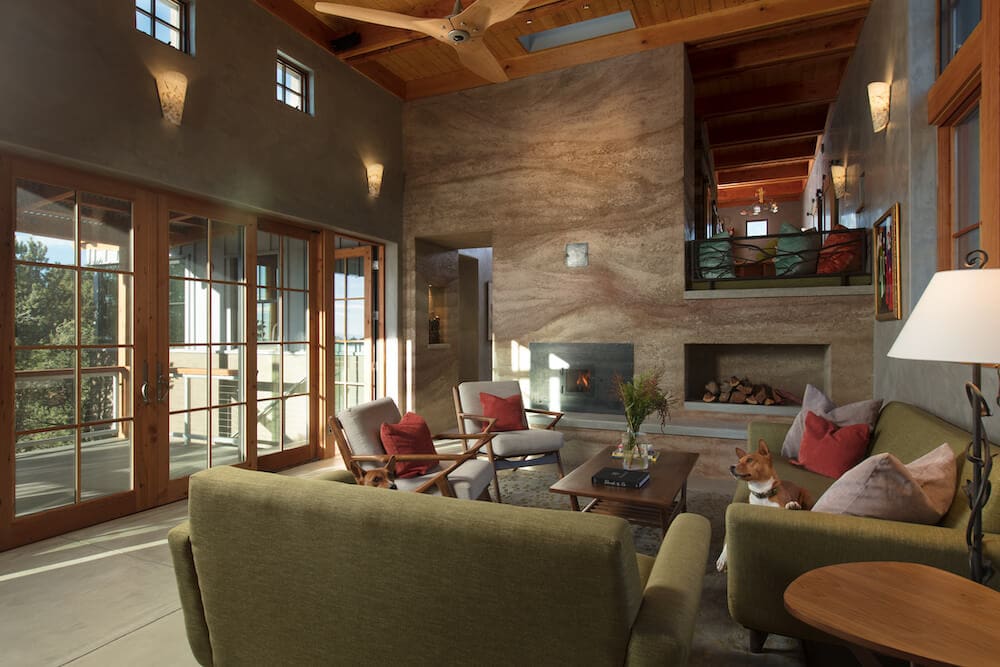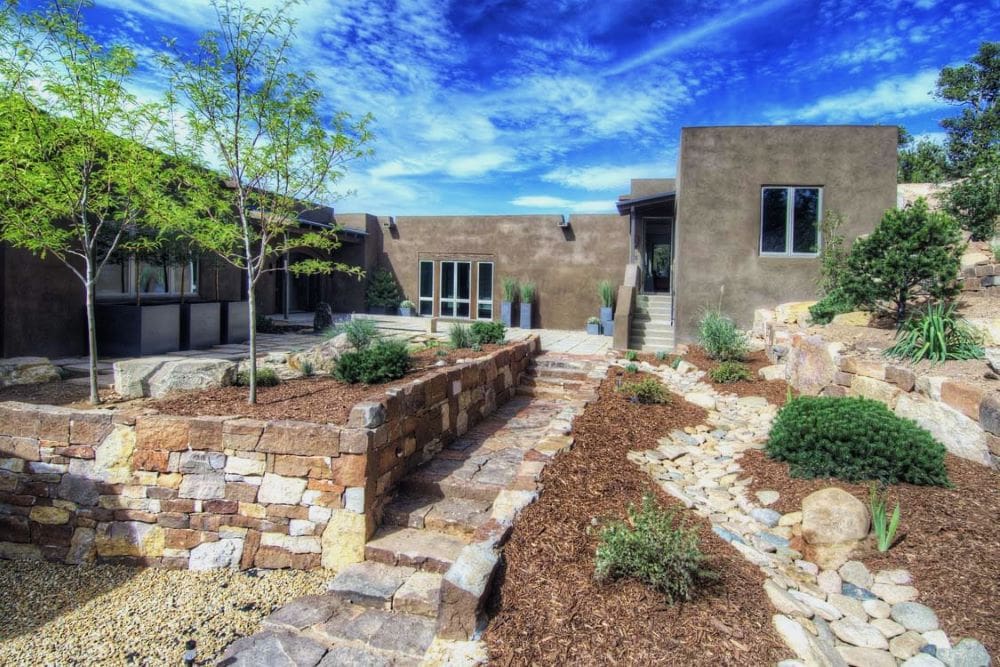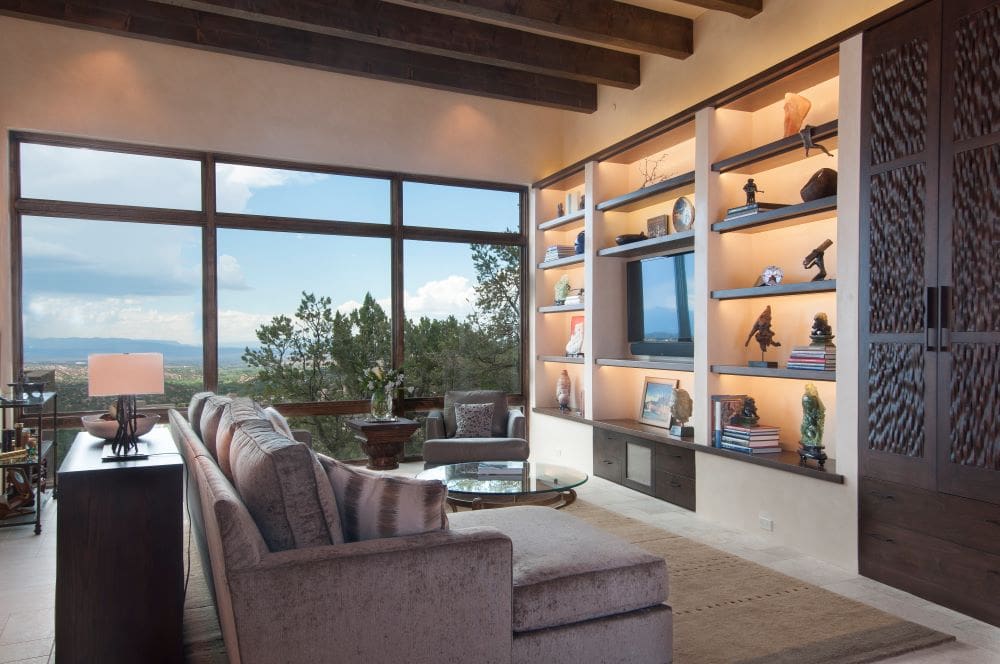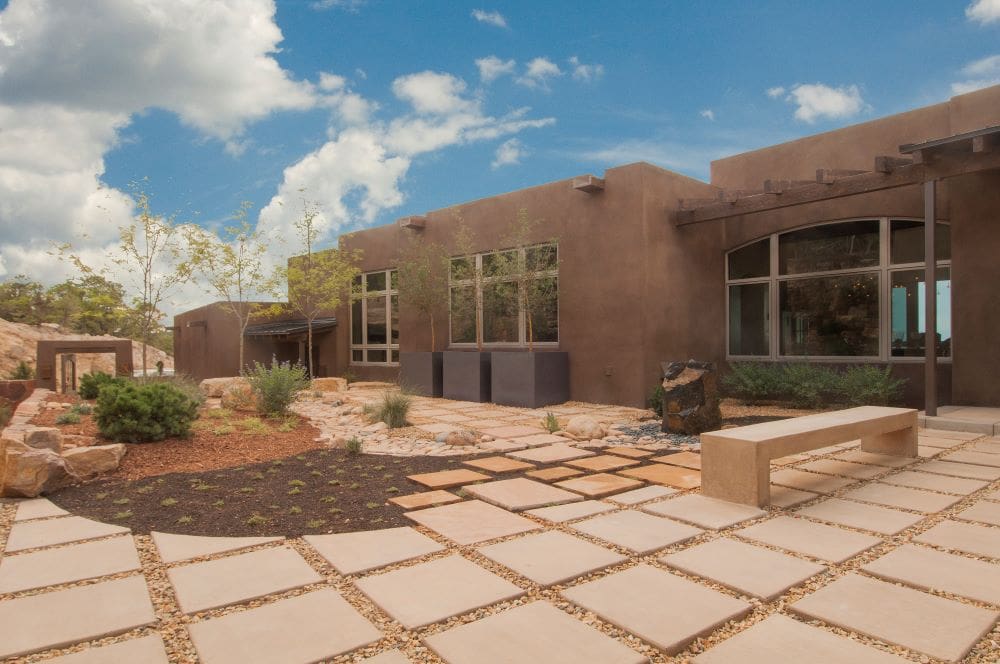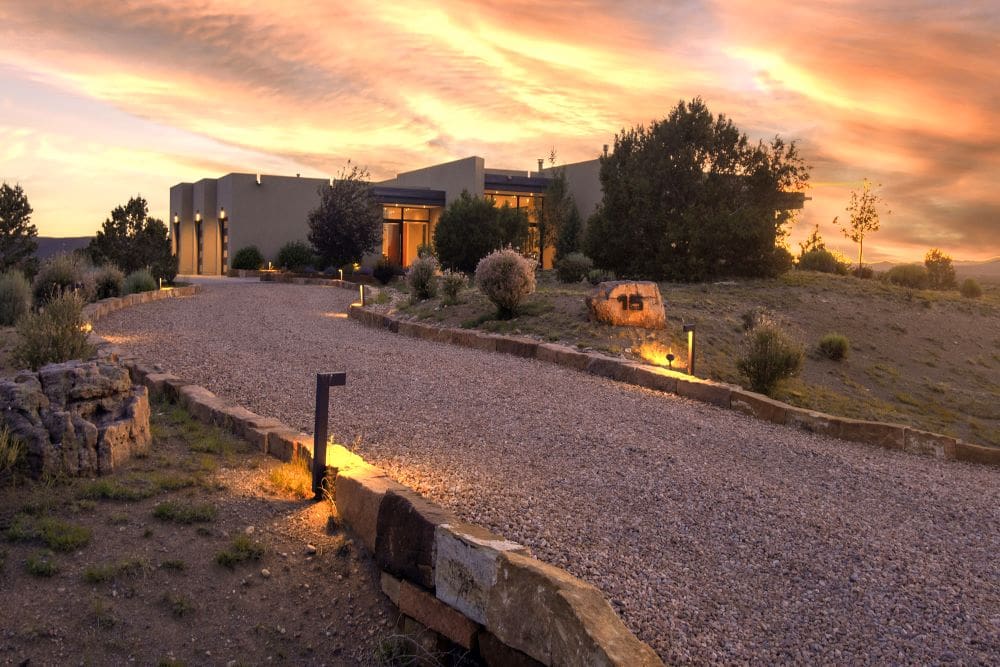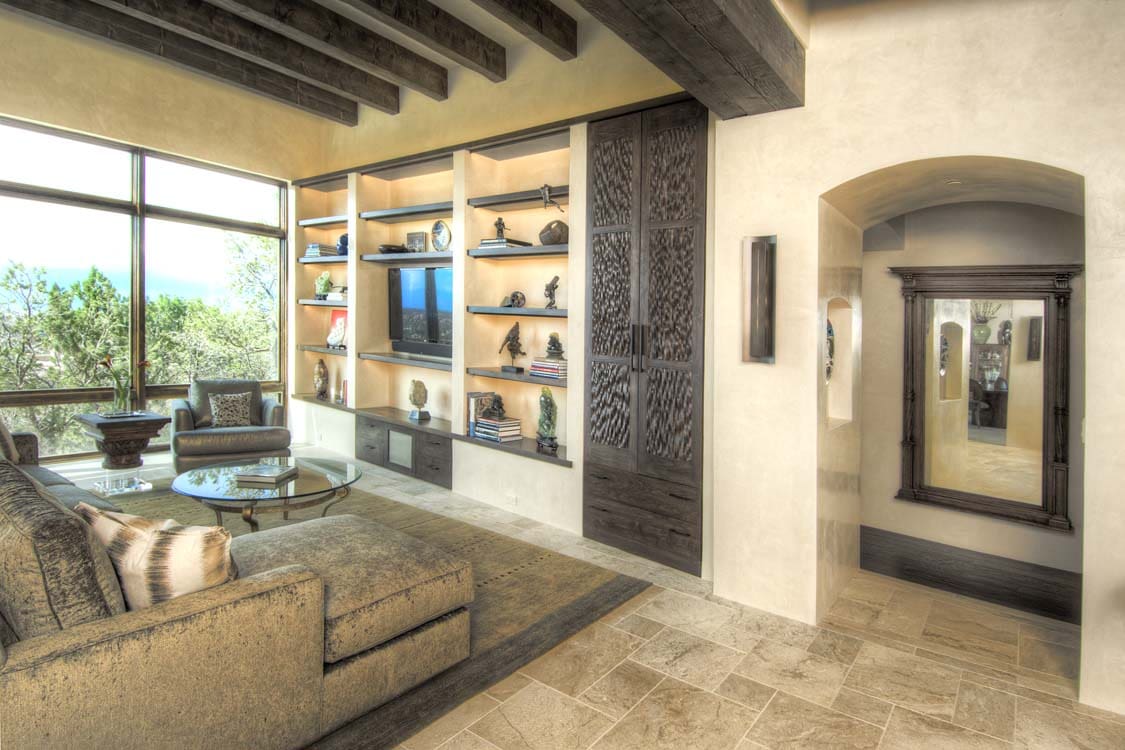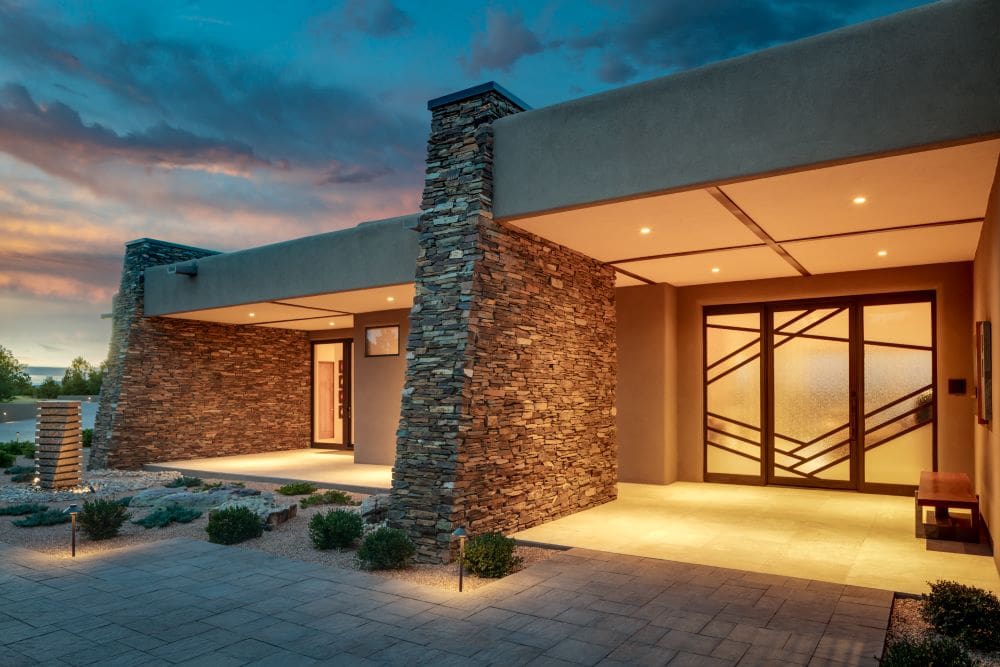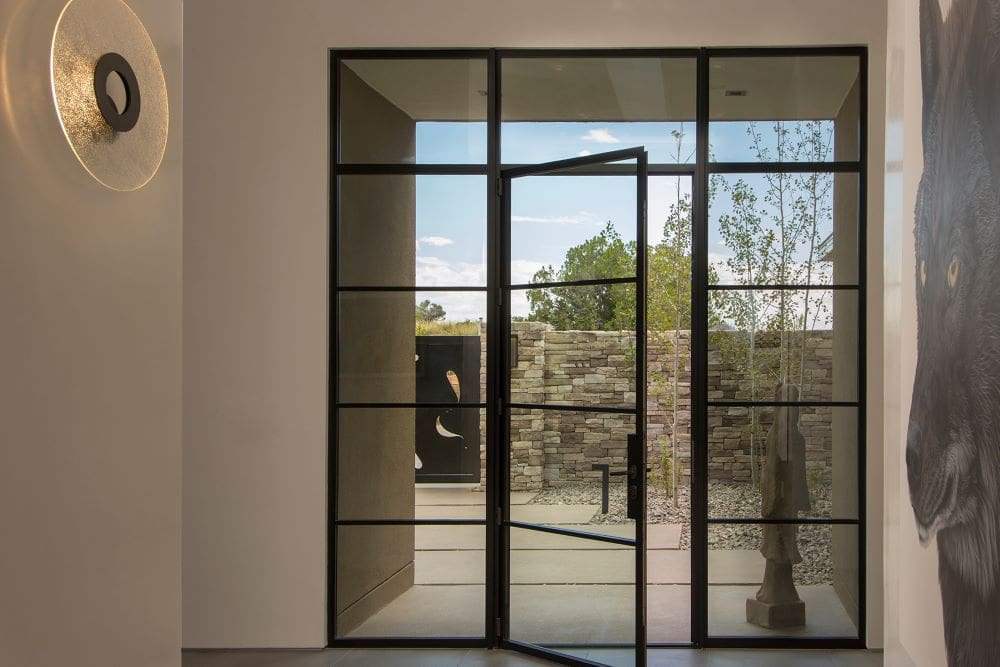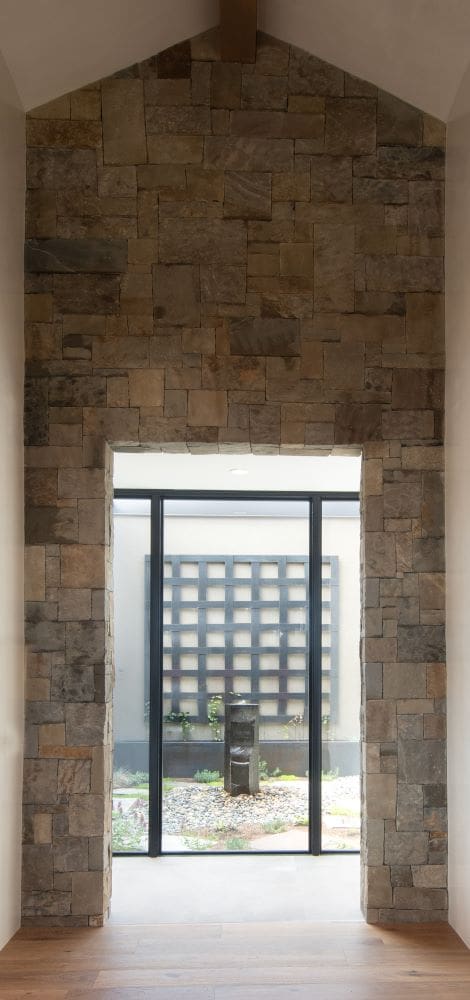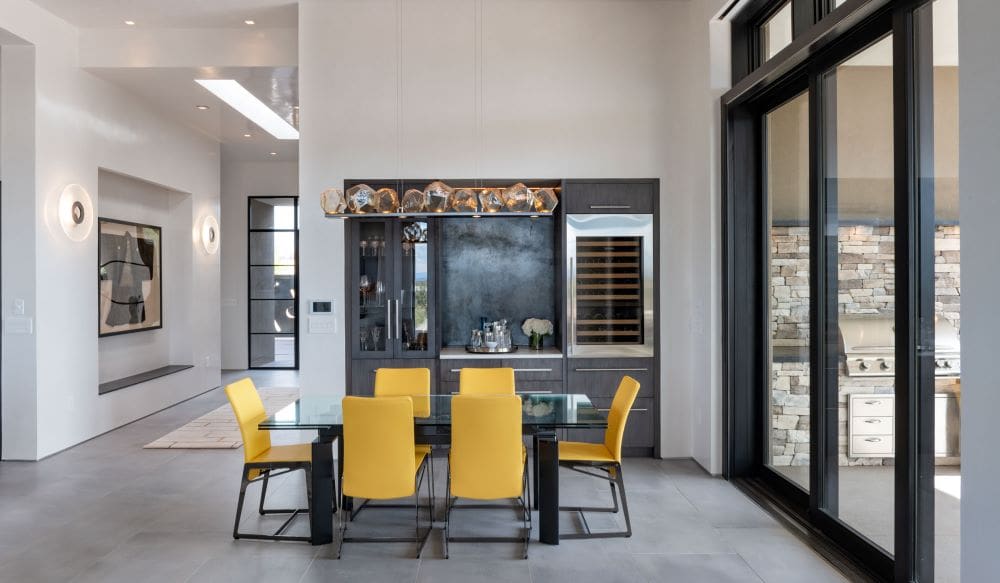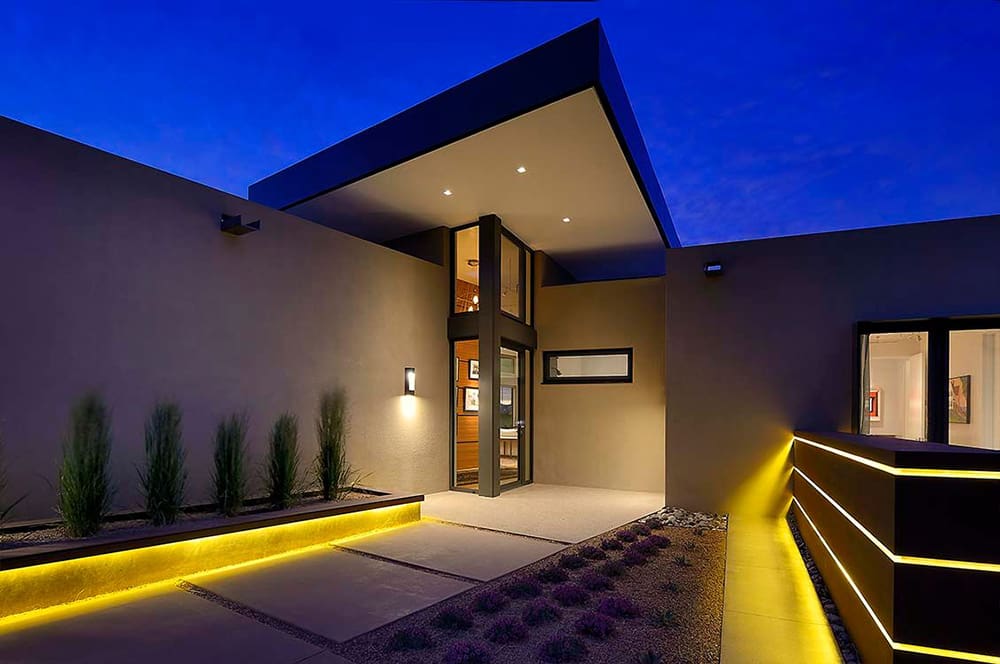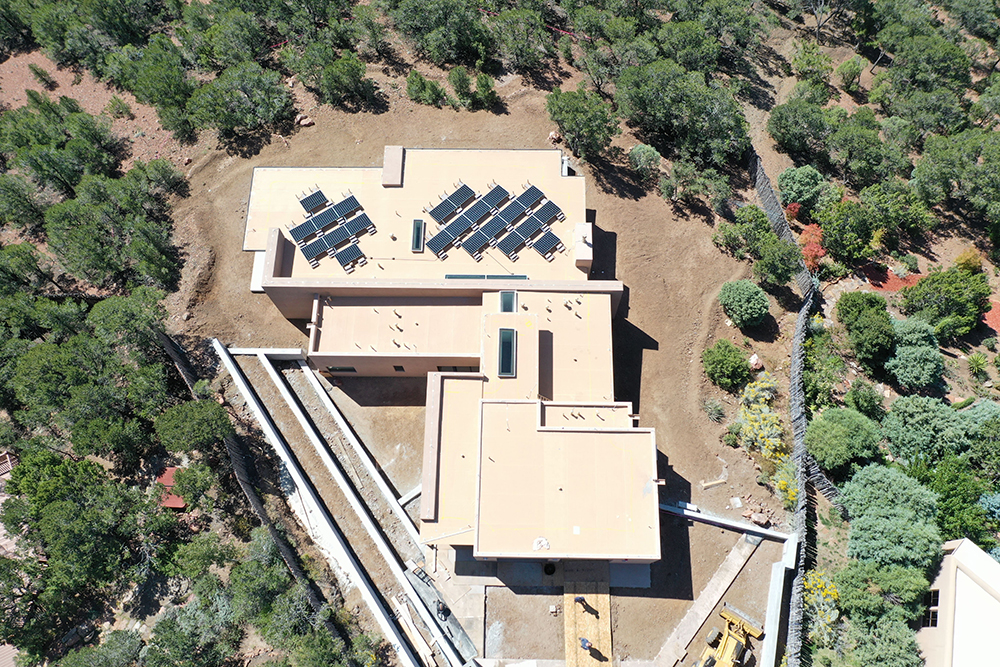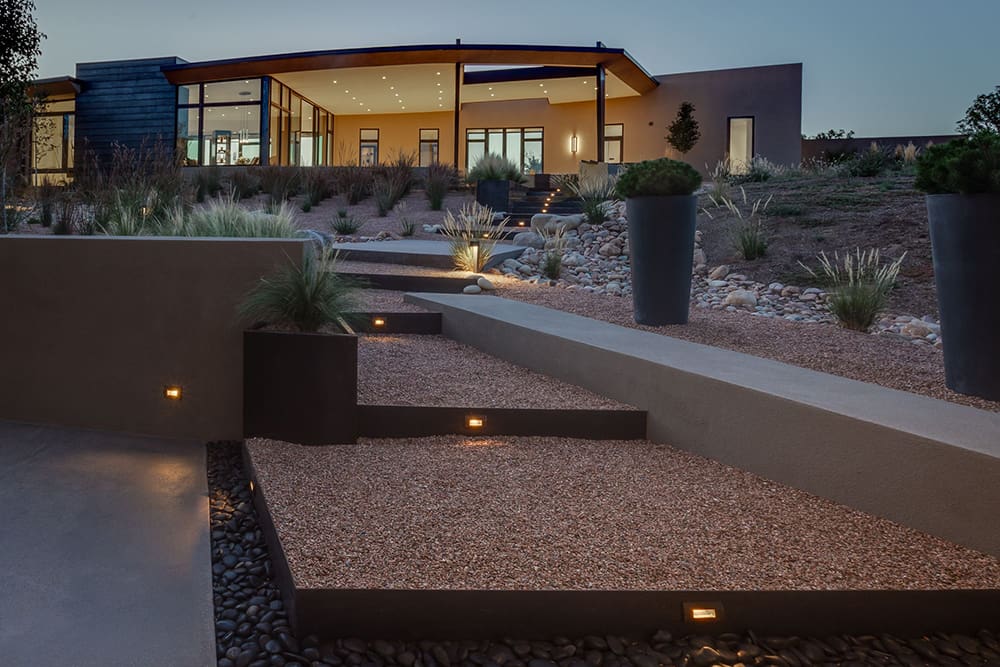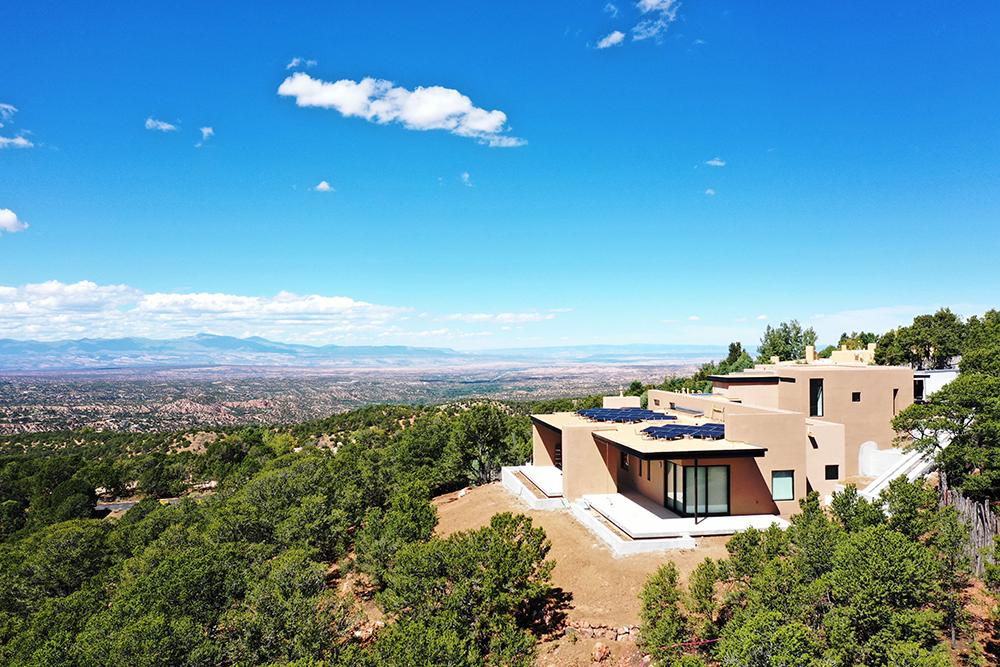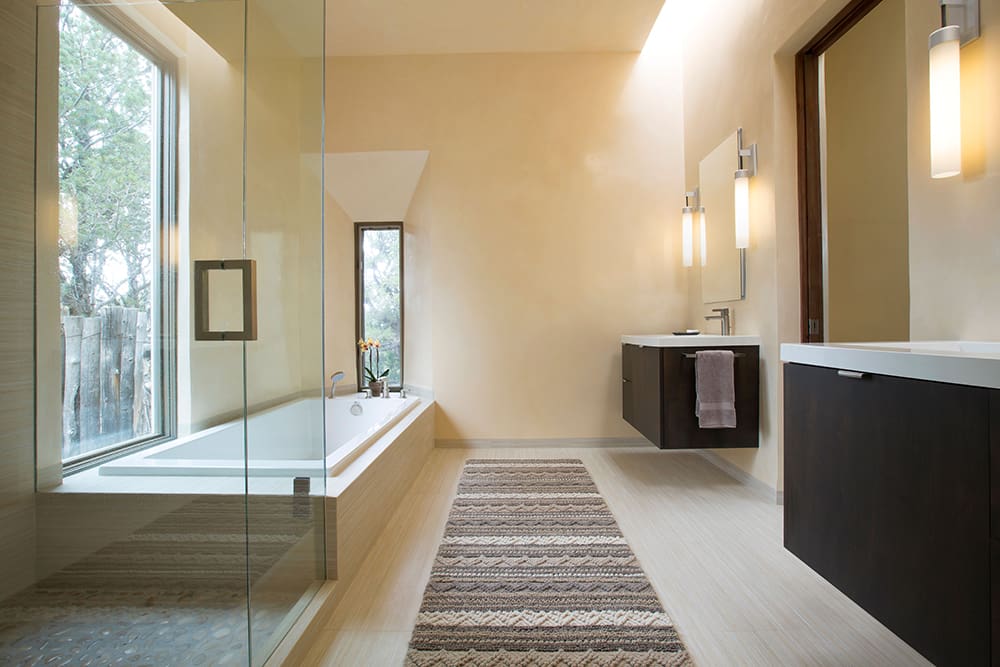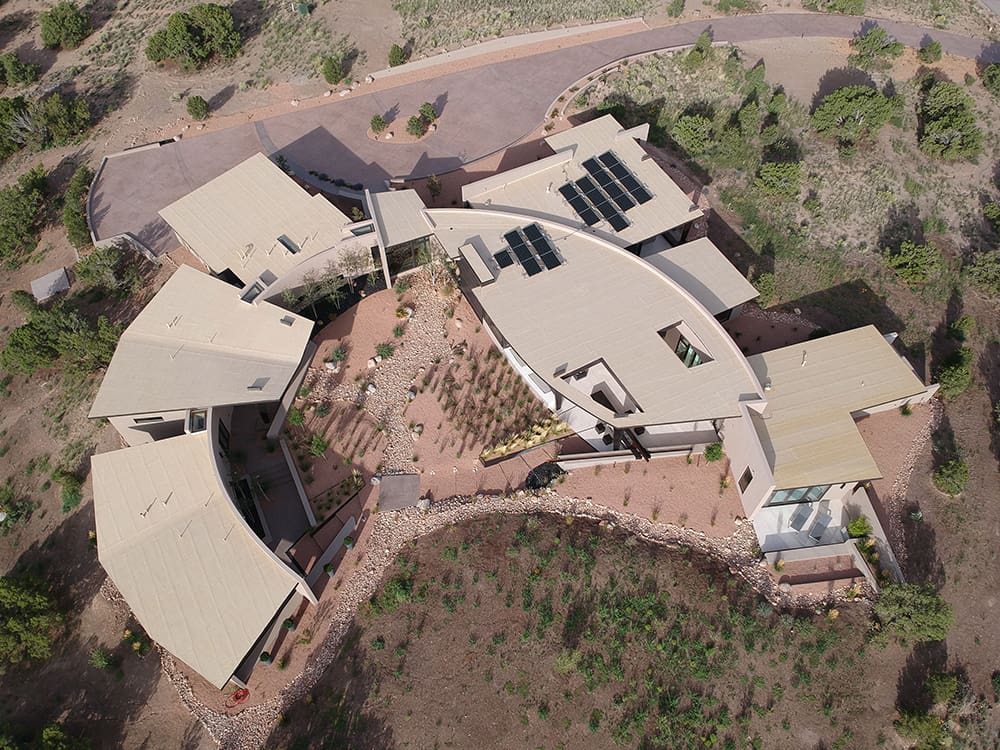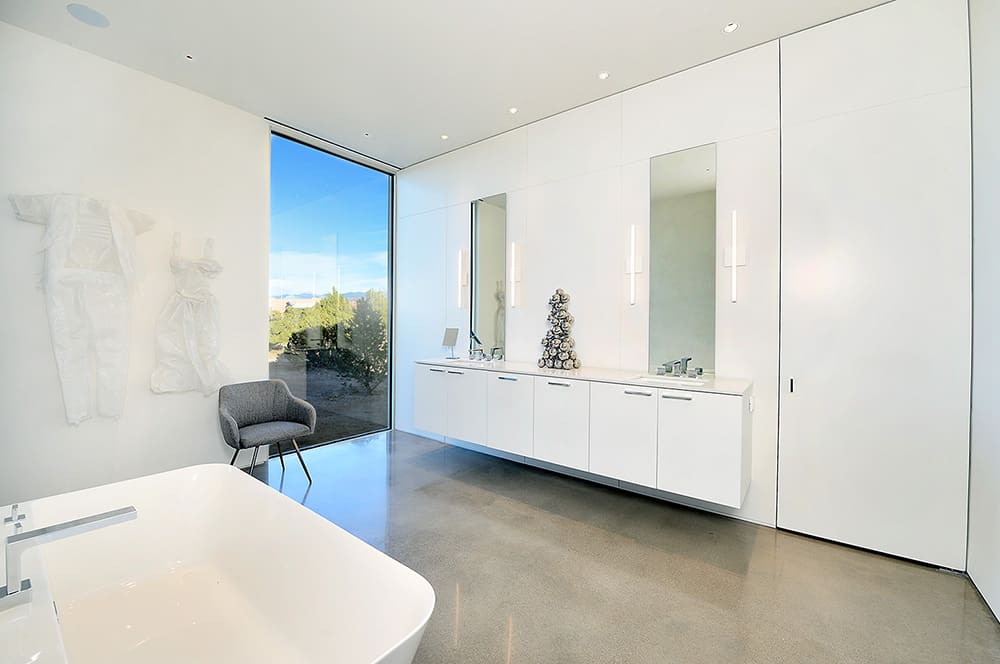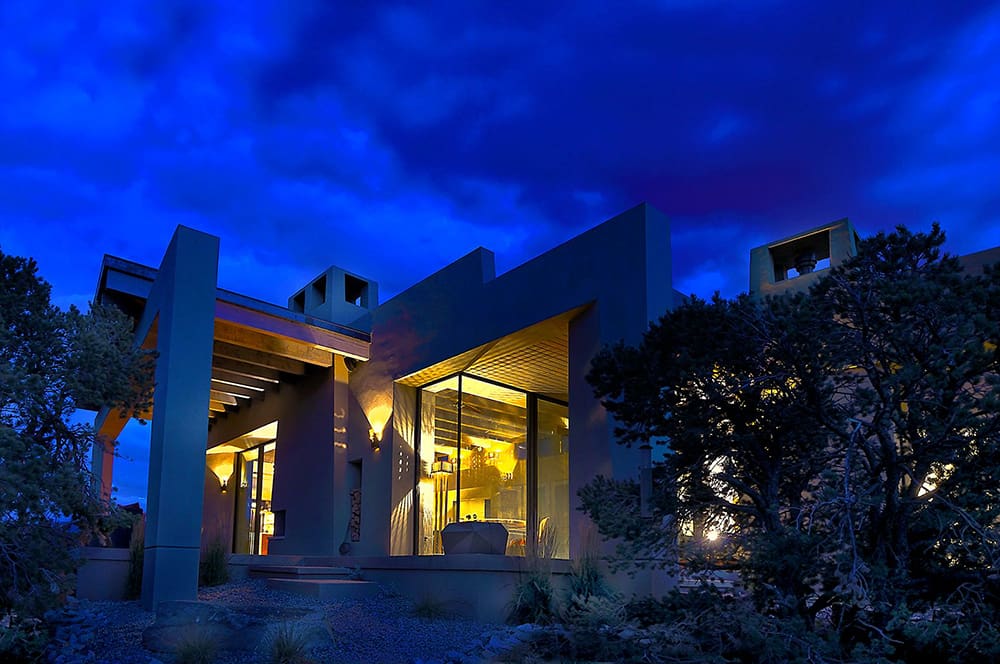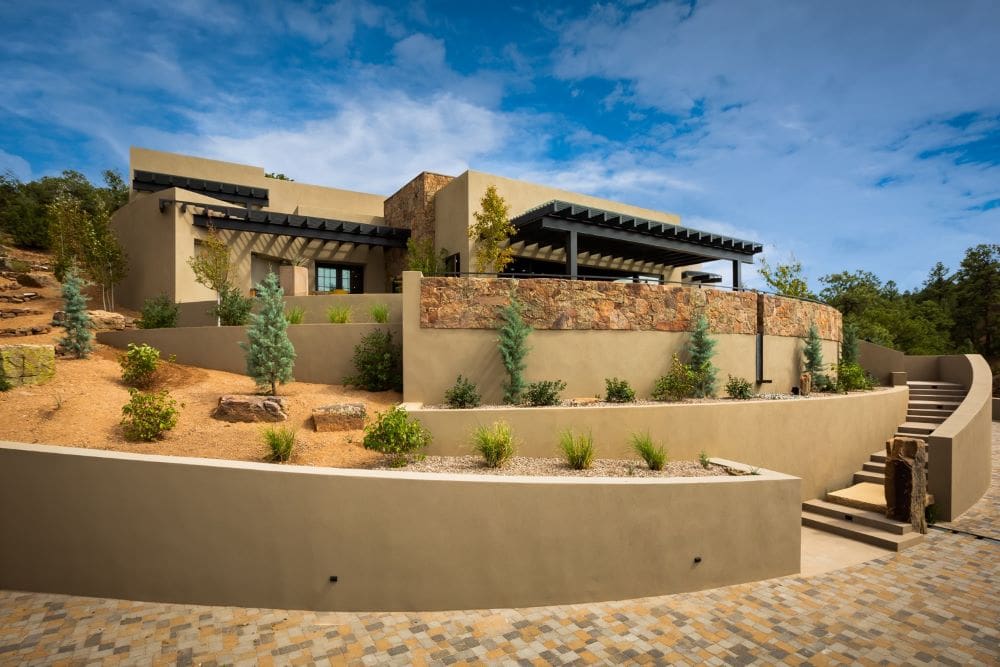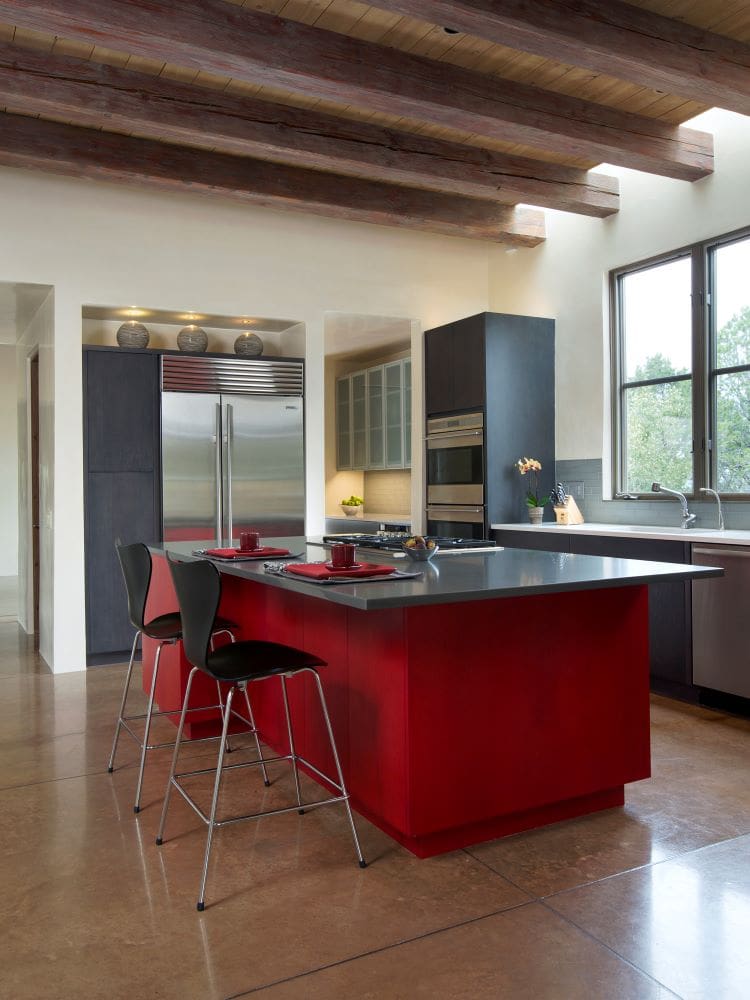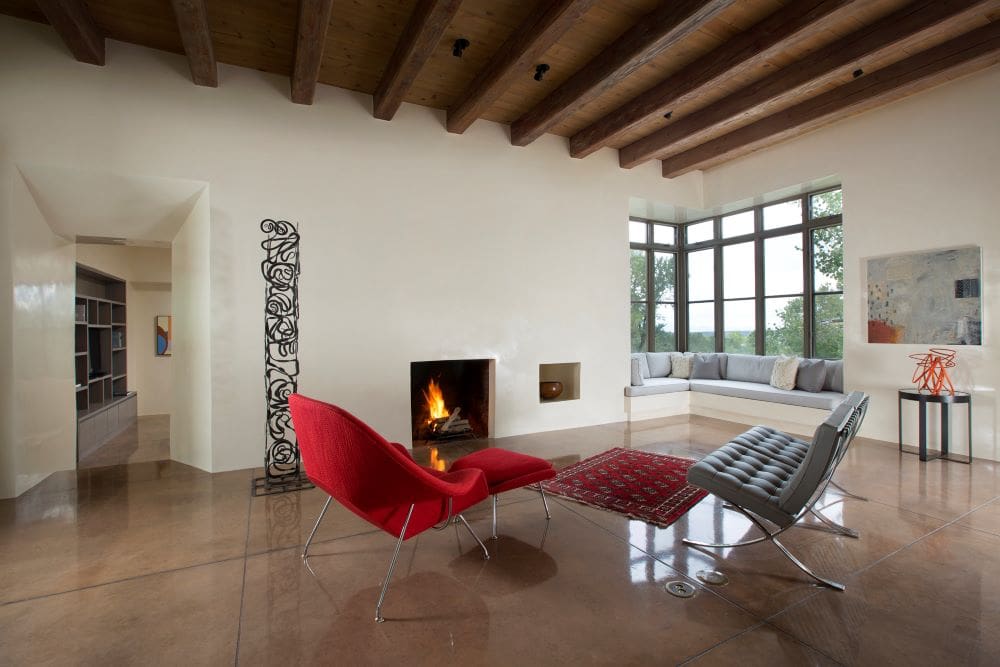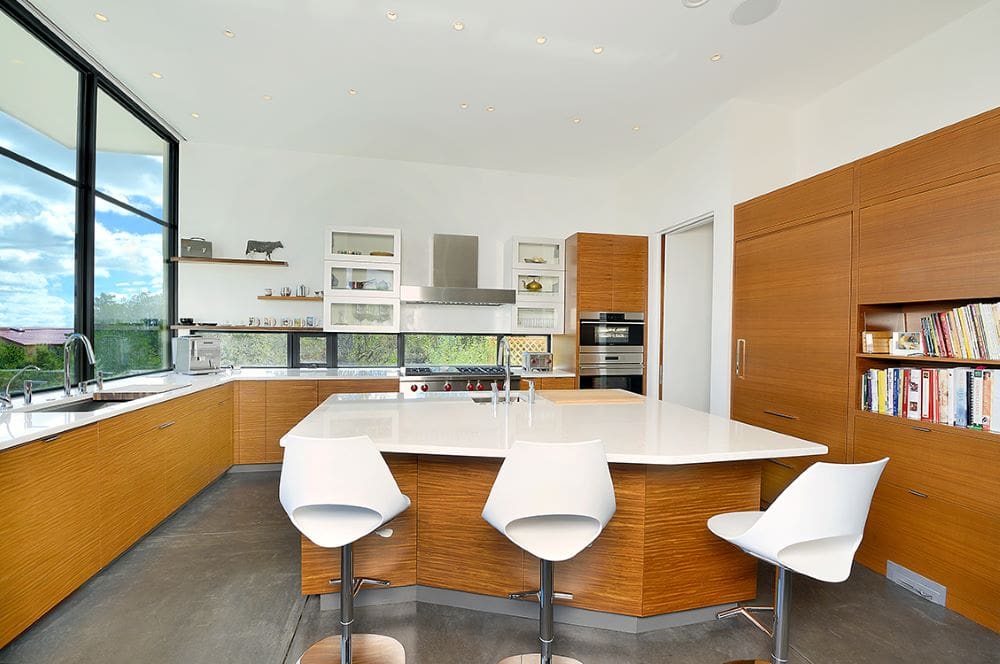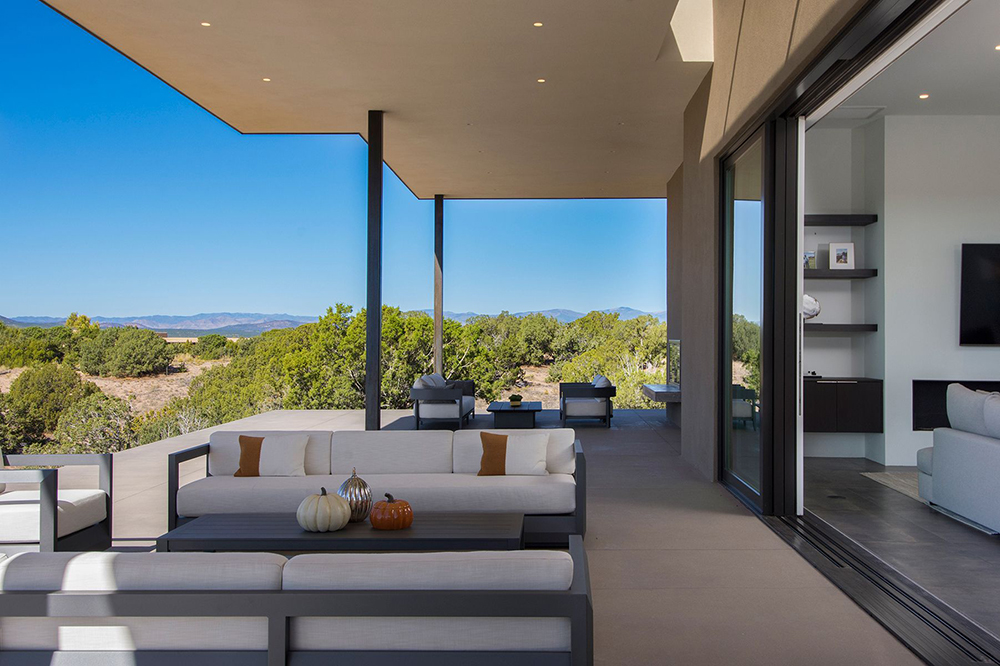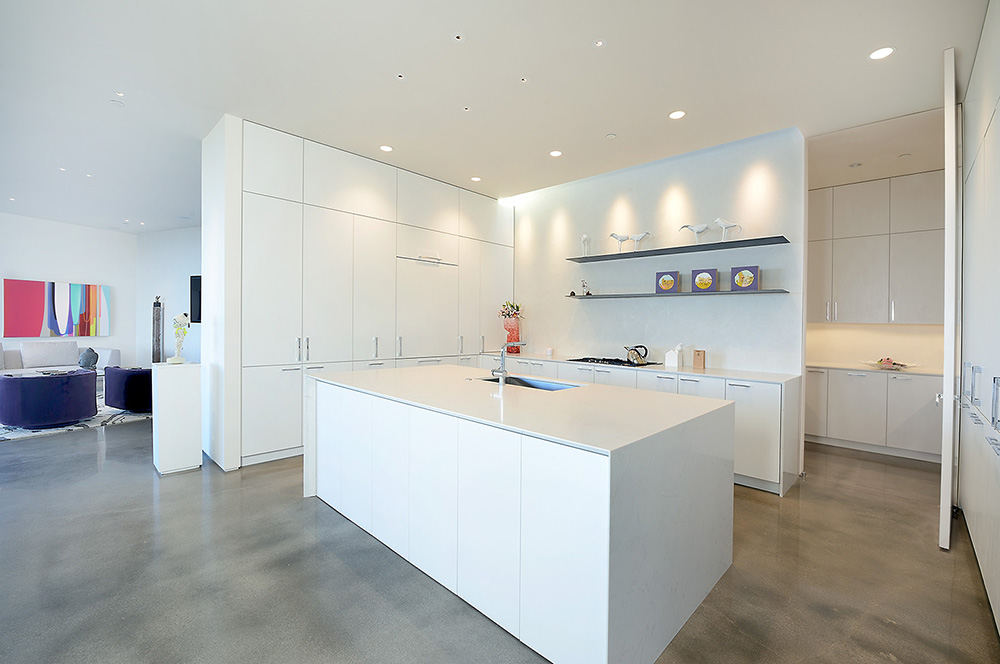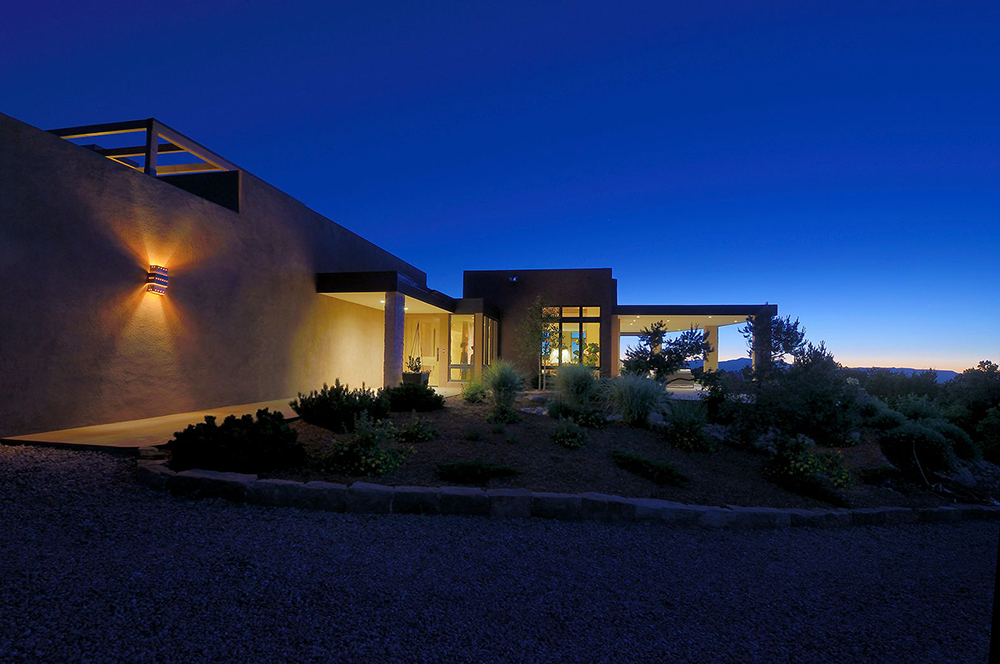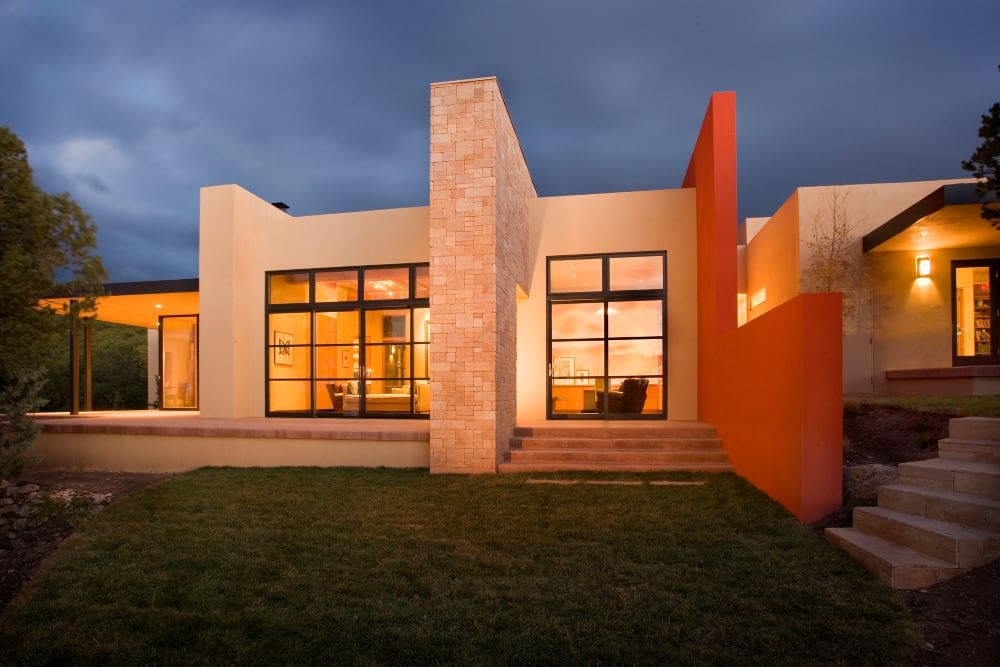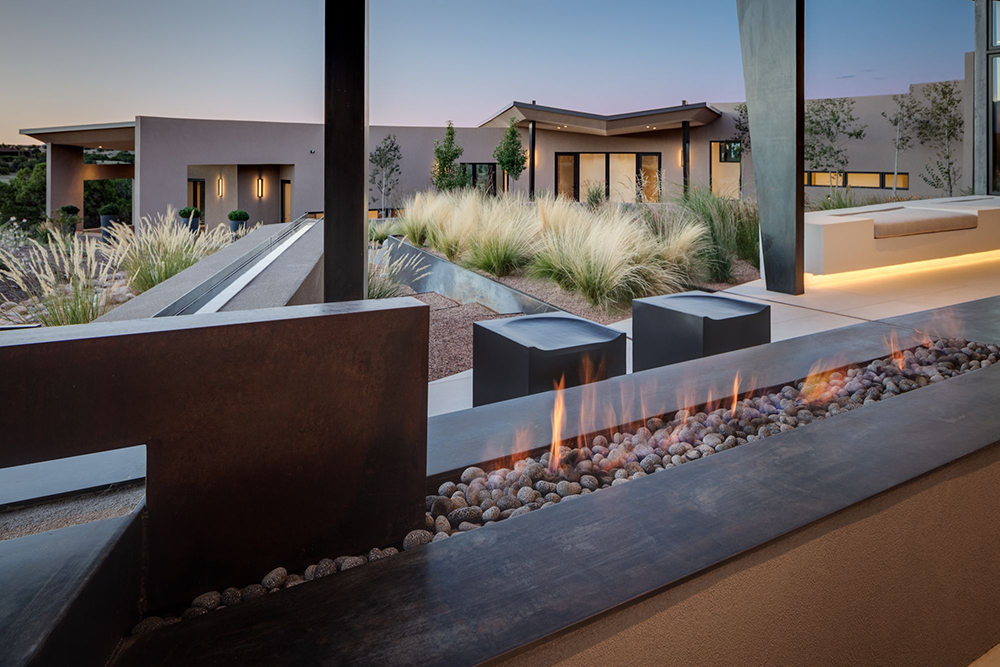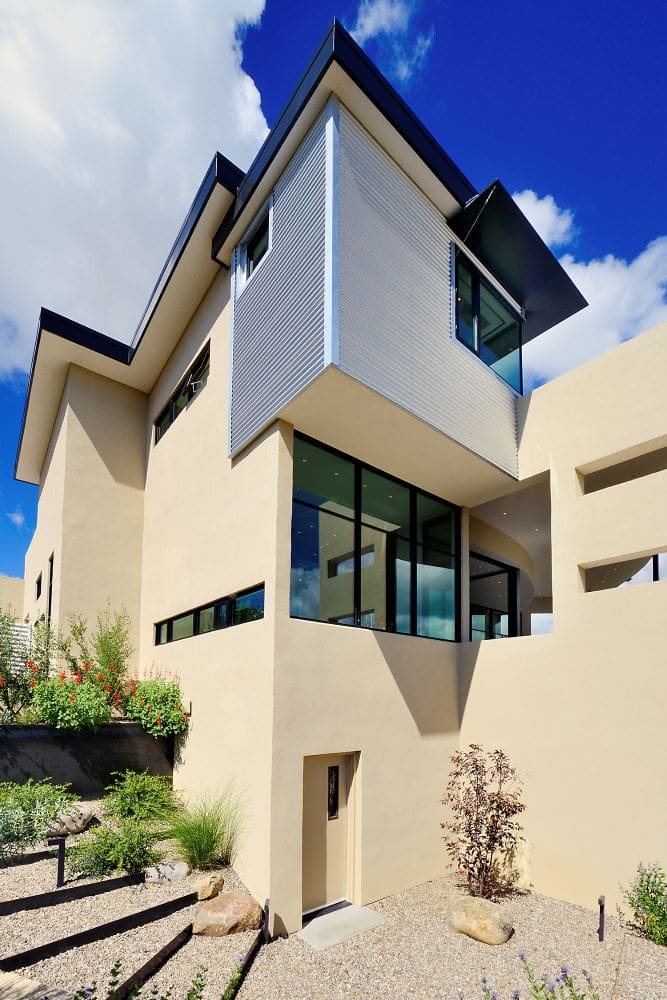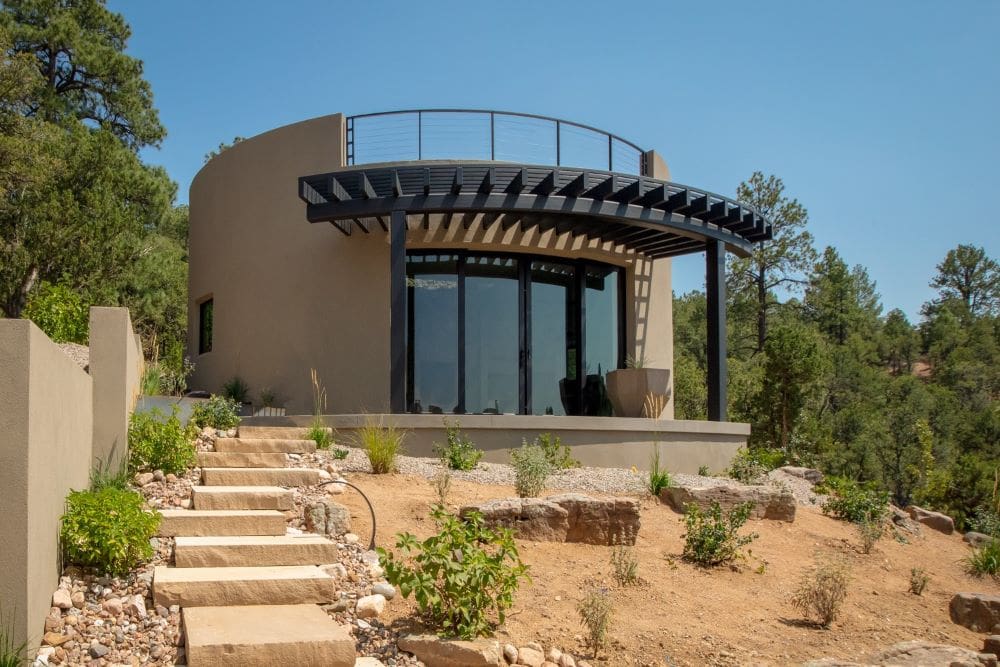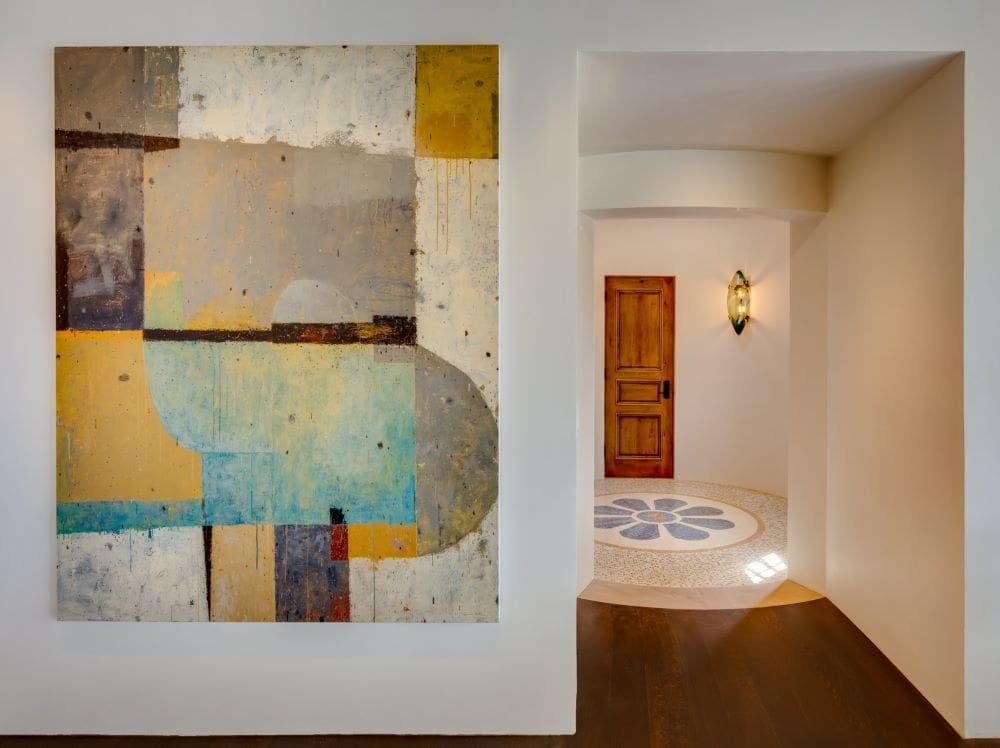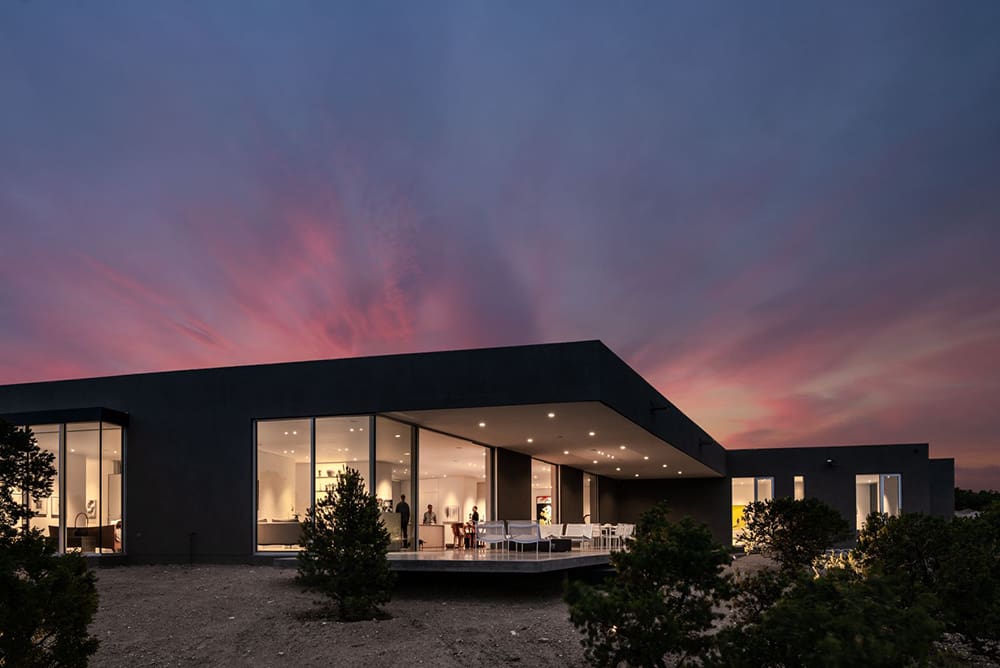Expression
Design tends to ebb and flow in Santa Fe. Regardless of its expression, it remains timeless and connected to the land.
Whether Traditional design, commonly referred to as ‘Santa Fe Style’ or Transitional Modern, an adaptation, with cleaner more defined, rectilinear lines or Contemporary, allowing the land to open to the sky, the definition sets the tone and casts the magic, resulting in a one of kind piece of art.
“After researching builders in Santa Fe and interviewing several, we decided on Prull as they seemed to instantly connect with what we wanted and how to achieve it; our house won the AIA New Mexico award in 2016. When choosing your builder, the most important thing is that they understand your direction and have your best interest at heart. Ours did!”
Traditional
Traditional represents the most authentic and purest connection to Santa Fe and its roots; embodied in this more general term, melding Native American with Spanish architectural influences, it represents a number of distinctive & characteristic forms of expression ranging from Adobe Revival to Territorial Revival to Spanish Pueblo and Spanish Colonial Revival, rising up unobtrusively throughout the landscape with soft round curves, traditional flat roofs, large wooden vigas and rustic kiva fireplaces. Large expansive open porches, called portals, grace the exteriors, soaking in the natural beauty that abounds in this panoramic haven. Built with natural materials such as stucco, adobe and wood, and finished in earthen clay tones, each structure is lovingly crafted and firmly rooted between sky & earth.
Transitional Modern
Transitional architecture is a well-balanced blend of styles, combining elements from traditional and modern looks into a cohesive and welcoming space. Almost any style from past eras can be included in a transitional design, focusing on comfort and practicality,
To best define the term, modern elements are brought in to lighten up the space, with open -concept floor plans to clean lines and large, ample glass for natural light, creating a bright and clean feel. Connections to nature ground the modern style, incorporating indoor/ outdoor living spaces with natural light seamlessly intersecting the lines. Additionally, sustainability becomes an increasing factor, incorporating high energy features having low environmental impact.
The style combines curves with straight lines to create a design that balances masculine and feminine attributes, aiming to create a comfortable and relaxing style. A lack of ornamentation and decoration with minimal accessories keeps the focus on the simplicity and sophistication of the design. Color palettes are typically neutral and subtle and may be monochromatic, with color in art and accents rather than upholstery and floors.
Contemporary
Contemporary Design is the architecture being produced now, the architecture of the moment, while Transitional/Modern breaks with the past. Innovation is clearly at the forefront in this expression.
Contemporary Design is currently the most sought-after form of architecture, as a result of the panoramic views that take in an ever-changing landscape of light, terrain and sky. The structural elements built into the ground not only require a respect for the sacred earth in which they take root, but also rise up to pay homage to the natural beauty that abounds. In this case, glass & steel prevail, in addition to custom elements that provide clean, crisp lines in which to not interfere, nor distract, from the exterior surroundings.
Characteristics of Contemporary Architecture include Innovation, Sustainability, Asymmetry, Open Floor Plans, Movement, Emphasis on nature, Abundant Glass & Natural Light, Mixing Natural & Unconventional Materials…all with minimalism in a ‘less is more’ influence.
